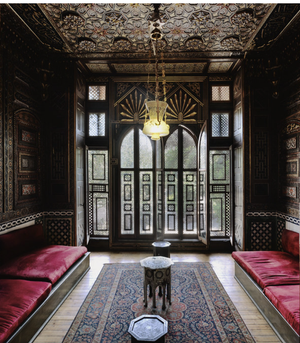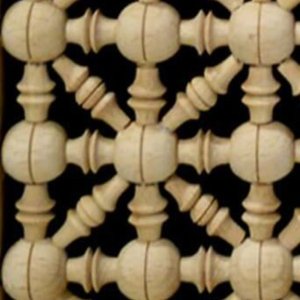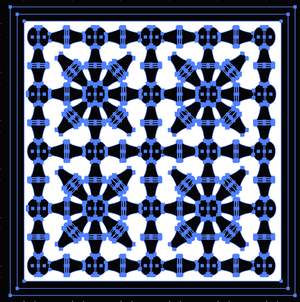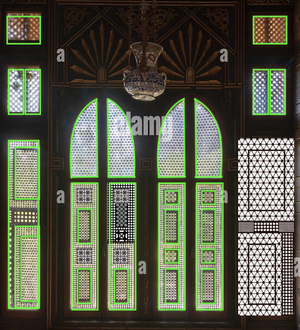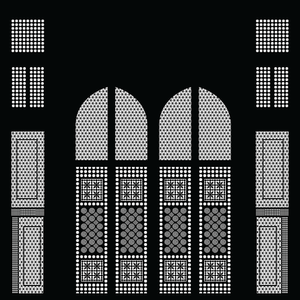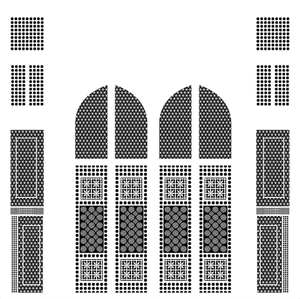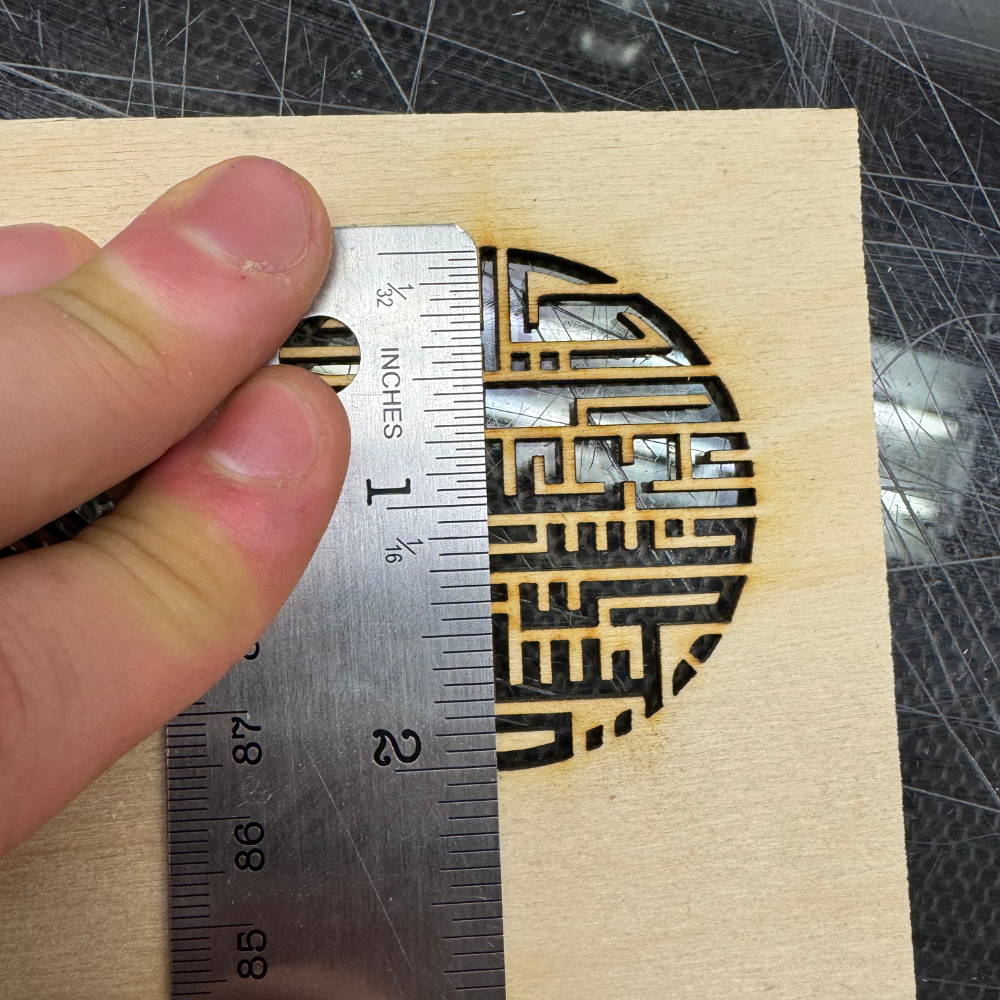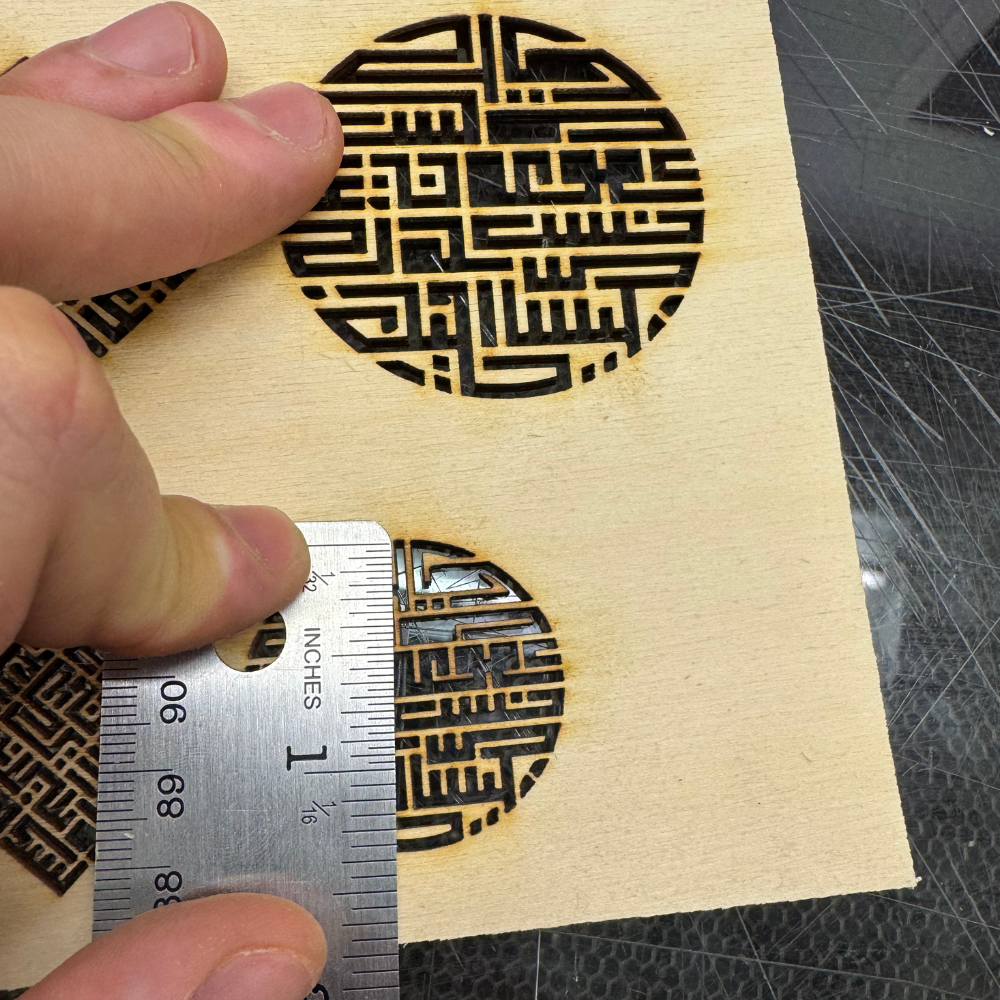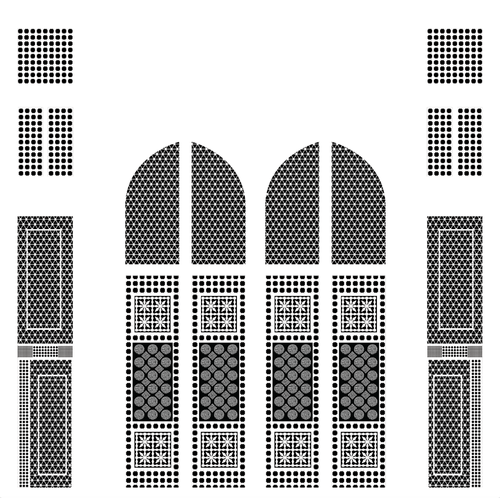The Background
The Manial Palace, located on Rhoda Island along the Nile in Cairo, stands as a masterpiece of Islamic architectural fusion, blending Fatimid, Mamluk, Ottoman, Andalusian, and Persian styles. Built by Prince Mohamed Ali Tewfik in the early 20th century, the complex features residences, reception halls, a mosque, and lush Persian and English gardens. Designed meticulously by the prince himself, the palace reflects his vision of preserving Islamic arts and architecture while embracing modernity, serving today as a museum that showcases Egypt’s royal heritage and artistic legacy. Its interiors are adorned with rare artifacts, intricate woodwork, and Turkish ceramic tiles, reflecting the opulence of Egypt’s royal past. From its throne room to the private hunting museum, the Manial Palace offers a vivid glimpse into the luxurious lifestyle of the Alawiyya dynasty.
The mashrabiya, a signature element of Islamic architecture, emerged during the Abbasid period in 12th-century Baghdad and reached its pinnacle under the Ottomans. These intricate wooden lattice windows, often enhanced with stained glass, served as tools for passive cooling, privacy, and ventilation in urban homes. Rooted in functional beauty, mashrabiyas reflect cultural values of privacy and sustainability, and their revival in contemporary architecture demonstrates a renewed appreciation for vernacular solutions to environmental challenges.
I decided to make the Mashrabiya from the Manial Palace.
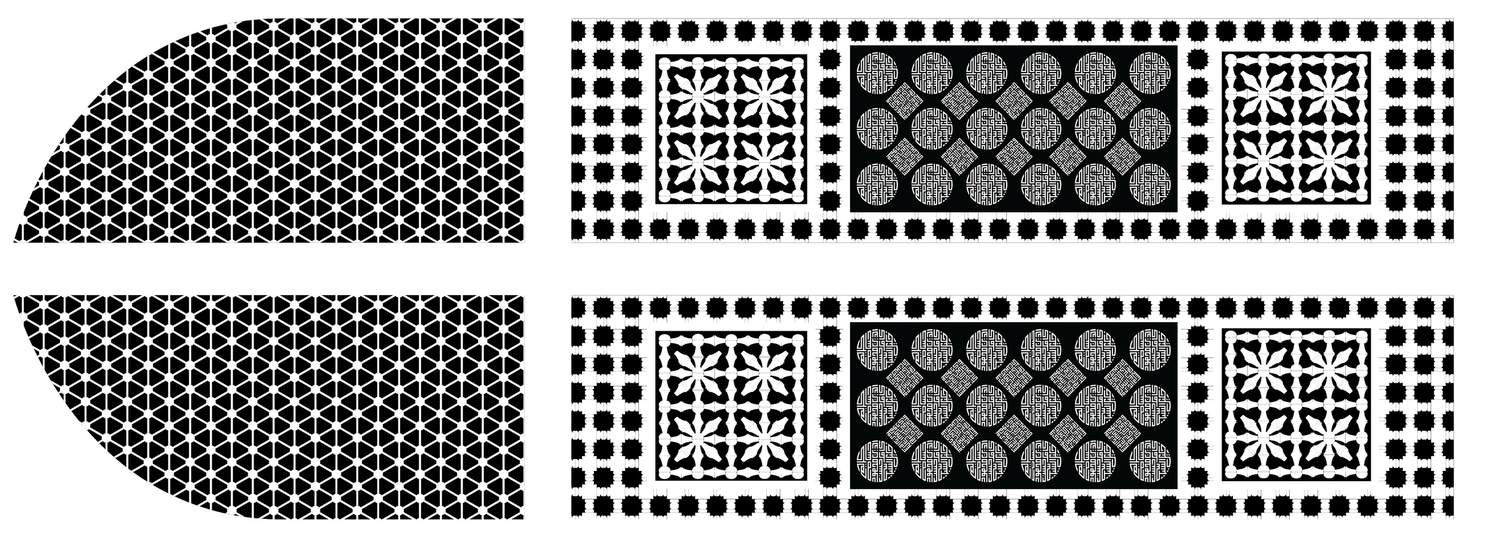
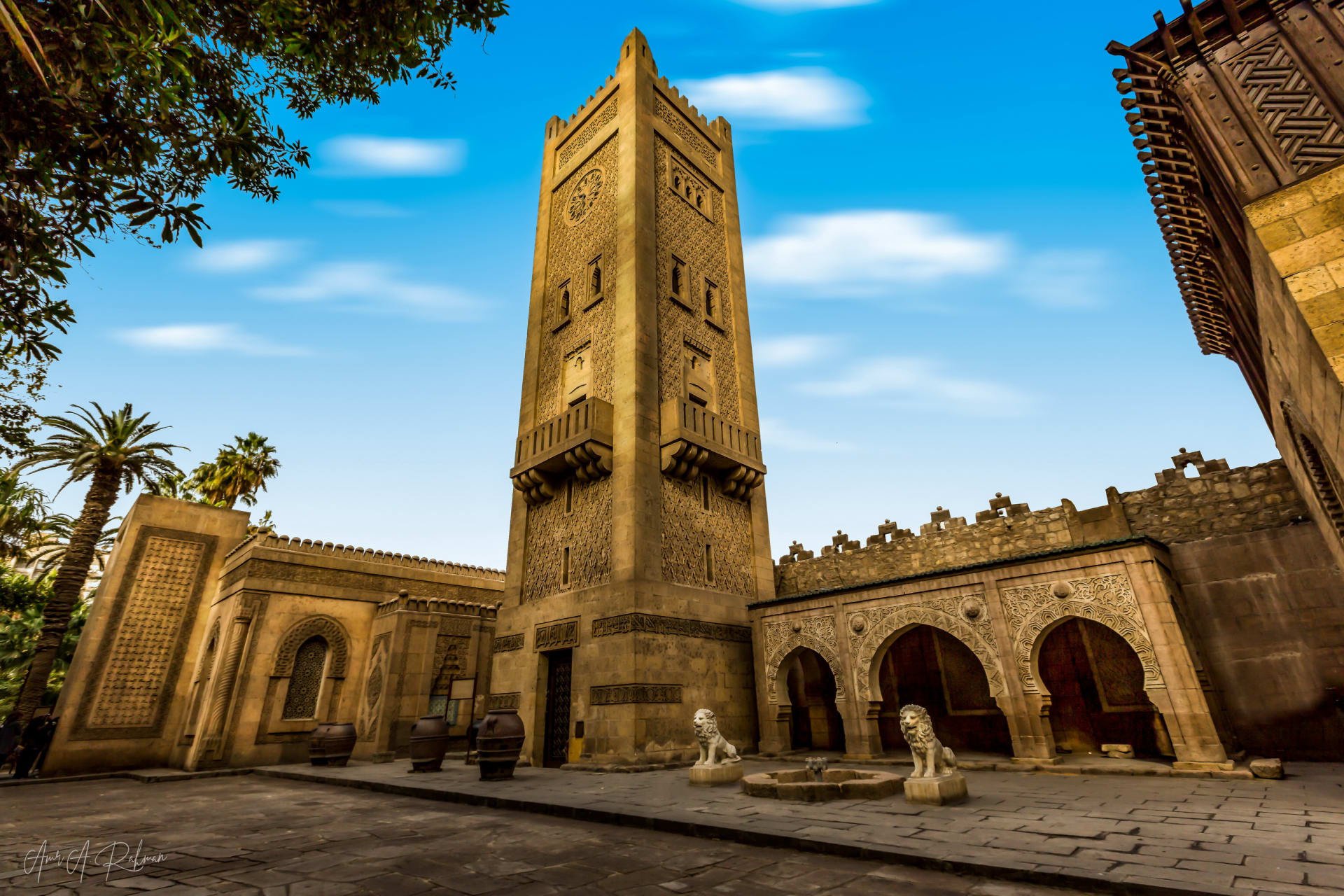
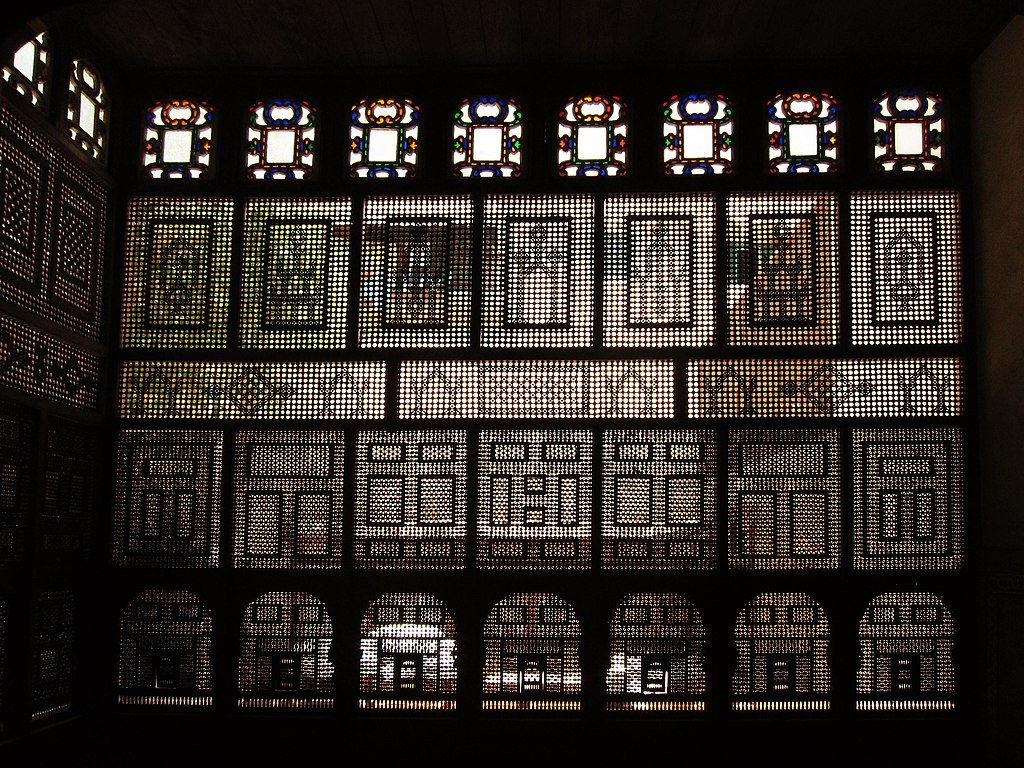
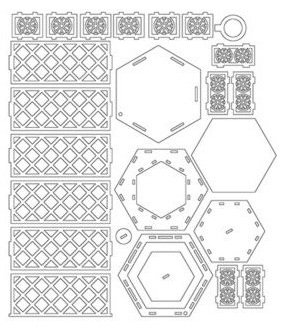
.jpg)
.jpg)
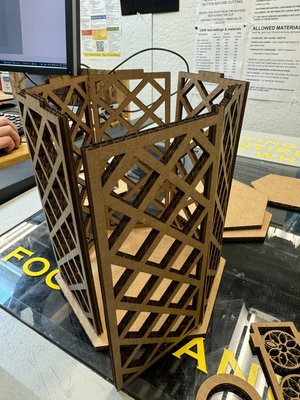
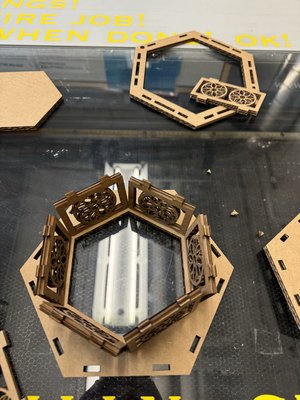

.png)
